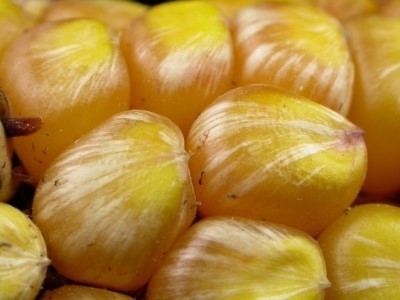 Image 1. Fusarium “Starburst” Pattern on Corn Kernels (Source: GROWMARK, Inc.)
Image 1. Fusarium “Starburst” Pattern on Corn Kernels (Source: GROWMARK, Inc.)
- Ear rots are often associated with insect feeding, weather (too hot and dry or too wet), environmental events that can injure the ears and hybrid susceptibility among others.
- Some of the pathogens that cause stalk rots in corn, are also responsible for ear rot development.
- Some ear rots produce mycotoxins, which are problematic in livestock feed and may cause loads to be rejected by the elevator.
- Scout corn fields from R5-R6 stage or prior to harvest to identify potential ear rot problems.
EAR ROTS IN CORN
A number of ear and kernel rots can affect corn, including some of the same pathogens that cause stalk rots. Some examples include Diplodia, Fusarium and Gibberella. However, there are also pathogens that in corn, occur strictly as ear rots. Two examples include Penicillium and Aspergillus. Finally, there are pathogens that cause little damage or are uncommon but may be confused with more significant pathogens. Trichoderma and Cladosporium are included in this group.
For most of the common pathogens, conditions that favor stalk rot development tend to favor ear rots as well. Wherever hail, insects, birds or other pests have damaged corn ear tips, ear rot infection is likely. Diplodia ear rot is an exception, since it does not require damage to corn ears in order to infect. Diplodia infection typically moves systemically into the ear through the ear shank. While Diplodia causes stalk rot, it is not as common as the stalk rots caused by other pathogens. Additionally, certain weather conditions around silking time can favor infection by certain ear rots. Scouting your fields and identifying the type of fungi causing the ear rot is important, especially when the ear rot present produces mycotoxins. Mycotoxins are poisonous byproducts of certain species of fungi that can cause the grain quality to be reduced and loads rejected at the elevator.
Following are some brief comments regarding the common corn ear rots:
- Fusarium – White to pale pink mold often found on damaged ear tips, but may occur over the entire ear. Fusarium will also cause a series of fine lines radiating from the crown of the kernel, referred to as a “starburst” pattern (Image 1). Kernels displaying the starburst pattern may be present without any additional mold growth. Fusarium produces the mycotoxins – Deoxynivalenol (also known as DON or vomitoxin), Zearalenone, Fumonisin, and Trichothecene.
- Gibberella – Pink to pale pink mold, mostly at ear tips damaged by insects or birds, but may occur over the entire ear (Image 2). Frequently colonizes ears damaged by earworms. Infection is favored by cool, wet weather in the three-week period after silking. Can produce the mycotoxins – Deoxynivalenol (also known as DON or vomitoxin), and Zearalenone.
- Diplodia – White mold at base of ear or over entire surface of ear. Fungal growth often causes husks to stick to the ear. May include “mummified” ears. (Diplodia is not known to produce mycotoxins in the U.S.) Diplodia usually moves into the ear at the base of the ear through the shank, although infection may occur at the ear tip as with other rots.
- Aspergillus – Olive-green or gray-green mold at ear tips and between rows of kernels. This mold often has a velvety or dusty appearance. Usually occurs during hot, dry weather and it is more common in the southern United States. It is often associated with damage to ear tips from insects or other causes and will continue to grow in storage. Aspergillus produces the mycotoxin, aflatoxin, which is a carcinogen.
- Penicillium – Blue green to green mold often associated with damaged ear tips, from corn earworm feeding for example (Image 3). Penicillium also causes “blue eye” symptoms in stored grain. Penicillium produces the mycotoxin – ochratoxin.
- Trichoderma – Starts as white mold between kernels. Becomes a very dark green to blue-green color and may grow over tops of kernels and underneath the husk. Often associated with frosted or injured corn. Trichoderma does not produce mycotoxins and is generally regarded as a minor ear or kernel rotting pathogen, usually occurring on scattered ears in the field.
- Cladosporium – When mature, this fungus is very dark colored, black to dark green or dark brown. Some damaged kernels may be completely covered with this mold and appear black. Black streaks may develop in infected kernels. Symptoms frequently occur after an early frost. Cladosporium does not produce mycotoxins. In some geographies, Cladosporium is quite common, but is less so in our area.
Not all ear molds produce mycotoxins. It is also important to realize that even if the molds are present, this doesn’t mean that mycotoxins will be present. The amount and type of mycotoxin produced is dependent on the host, pathogen, the strain of fungus, and weather conditions. The best way to determine if there are mycotoxins is to send a sample to a qualified private lab, USDA lab or university lab, for analysis.

Image 2. Gibberella Infection on Corn Ear Associated With Insect Damage (Source: GROWMARK, Inc.)
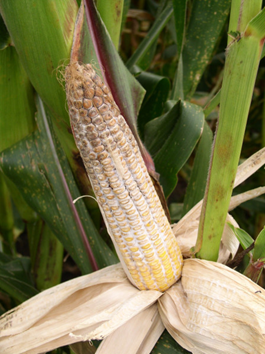
Image 3. Dipolida Ear Rot. Photo Credit G Munkvold, Crop Protection Network.
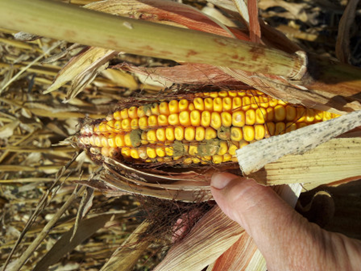
Image 4. Aspergillus Ear Rot. Photo Credit: A. Robertson, Crop Protection Network.
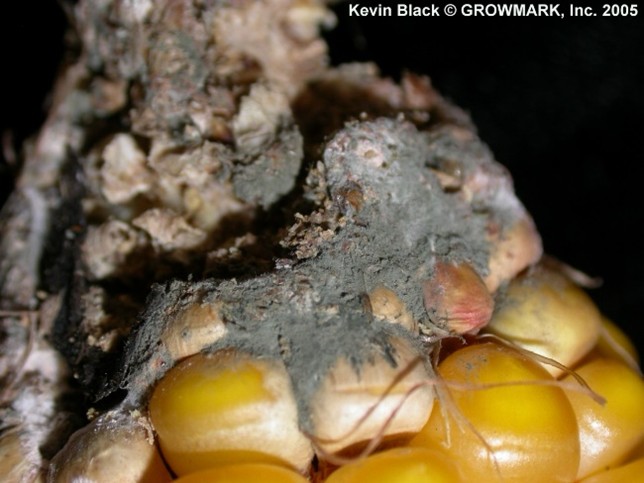
Image 5. Penicillium Mold on Insect-Damaged Ear Tip (Source: GROWMARK, Inc.)
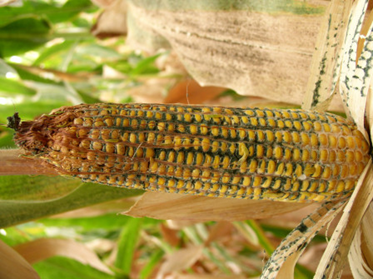
Image 6. Trichoderma Ear Rot. Photo Credit: G. Munkvold, Crop Protection Network.

Image 7. Cladosporium Ear Rot. Photo Credit: G. Munkvold, Crop Protection Network.
Related Categories: Corn, Diseases, Ear rots, Mycotoxins